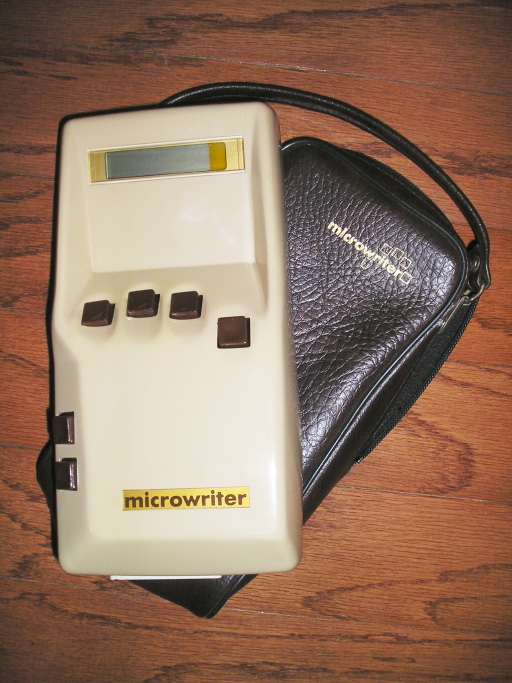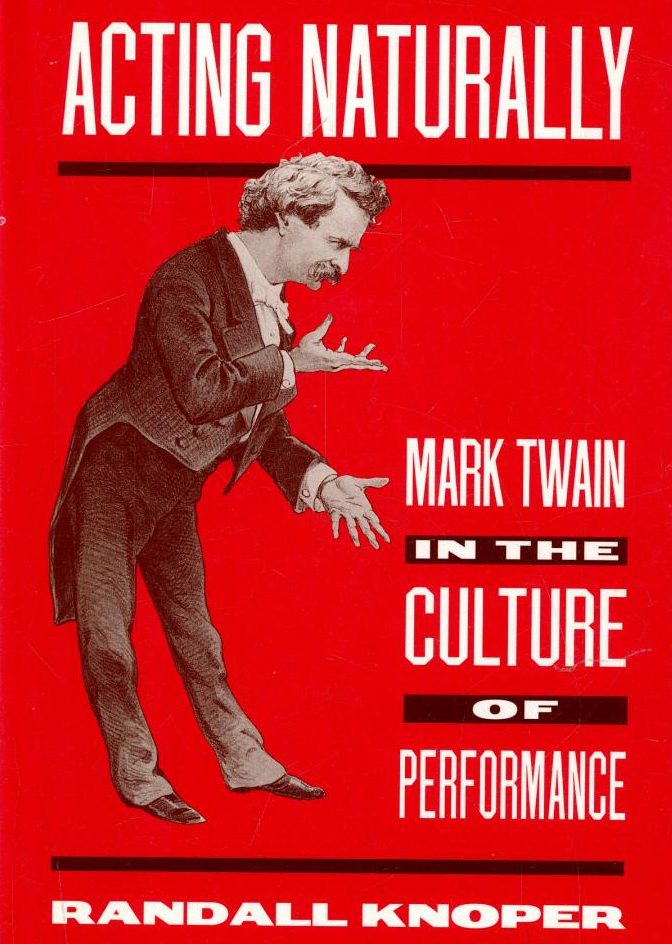Though the two men only occasionally collaborated over their long friendship, the work of Kentucky-born “gonzo” journalist Hunter S. Thompson and that of British illustrator Ralph Steadman enjoy a cultural symbiosis: Thompson’s style of writing puts you in the mind of Steadman’s style of drawing, and vice versa even more so. At this point, I have a hard time imagining any suitable visual accompaniment to the simultaneously clear- and wild-eyed sensibility of Thompsonian prose — “I hate to advocate drugs, alcohol, violence, or insanity to anyone,” he famously said, “but they’ve always worked for me” — other than the bold strokes and violent blotches with which Steadman renders visions of highly controlled madness. The clip above, from Alex Gibney’s documentary Gonzo: The Life and Work of Dr. Hunter S. Thompson, explores the origins of their aesthetic and psychological partnership.
“I think what he saw in this connection was somebody that somehow saw the thing in pictures as he saw it in life,” says Steadman. “Our chemistry there made gonzo possible.” We then see the relatively tame, conventional style in which he drew before Thompson roared into his life, bearing a handful of psilocybin. Their paths had converged at the Kentucky Derby, which Scanlan’s magazine had assigned them to cover, and the drugs made the already grotesque scene even more vividly troubling. “I was a quiet boy,” Steadman remembers. “Decent. An innocent abroad. So I guess it was attractive, that kind of raciness. I think the birth of gonzo happened when the evil came out of me in the drawings.” You can read the groundbreaking fruit of their hallucinogenically enhanced labors, “The Kentucky Derby is Decadent and Depraved,” at our collection of Hunter Thompson articles online. For more on Steadman’s technique and career, which continues today, watch the Economist’s visit to the “savage satirist’s” studio just above.
You can find a fairly comprehensive compendium of Steadman’s art in the 1998 book Gonzo: The Art, which features an introduction by Thompson himself.
Related Content:
Read 10 Free Articles by Hunter S. Thompson That Span His Gonzo Journalist Career (1965–2005)
Fear and Loathing on the Road to Hollywood: The BBC’s 1978 Portrait of Hunter S. Thompson
The Crazy Never Die: Hunter S. Thompson in Rare 1988 Documentary (NSFW)
Hunter S. Thompson’s Harrowing, Chemical-Filled Daily Routine
Colin Marshall hosts and produces Notebook on Cities and Culture and writes essays on cities, Asia, film, literature, and aesthetics. He’s at work on a book about Los Angeles, A Los Angeles Primer. Follow him on Twitter at @colinmarshall or on his brand new Facebook page.



